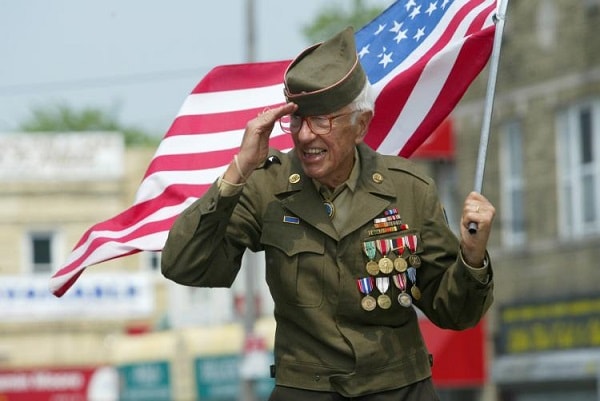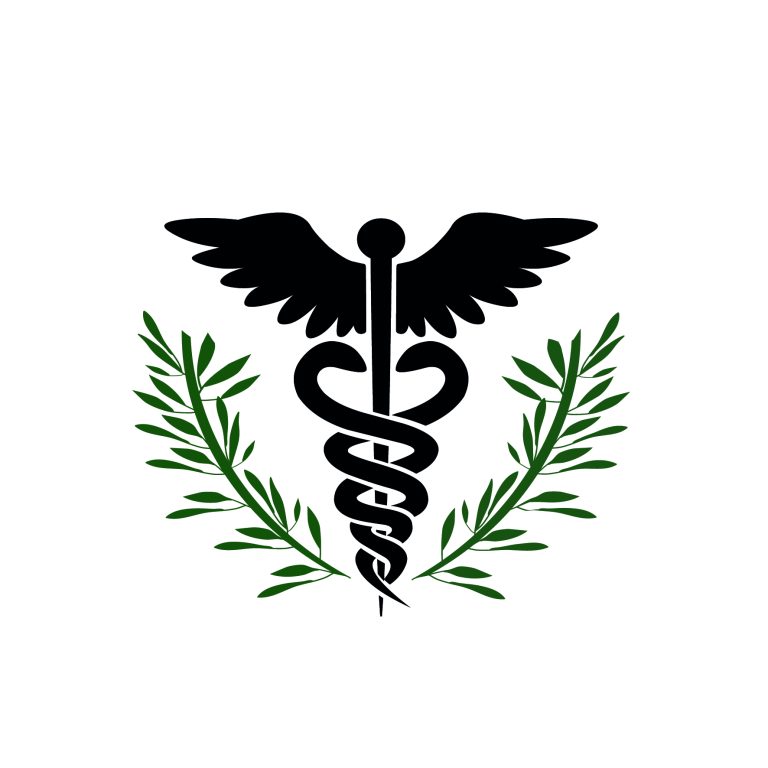Suzanne Gordon Interviews Rebecca Shunk
A recent study by Stanford University economists categorically demonstrates that veterans who get their care at the VHA live longer during and after a medical emergency, and at lower cost, than those receiving non-VA care. This apples-to-apples comparison of care matched cohorts of veterans inside and outside the VHA. Previously, most research contrasted the care of veterans in the VHA with the care of non-veterans in non-VHA facilities.
In light of this groundbreaking research, VHPI reached out to Rebecca Shunk, a primary care physician at the VA San Francisco Medical Center (SFVAMC) and Co-Director of its Center of Excellence and Primary Care Education.
She details for us below the the system of care and follow up after one of her patients goes to the SFVAMC’s emergency room:
When one of my patients shows up in the emergency room, the veteran is, of course, evaluated. Our primary care patient aligned care team (PACT) – which includes a primary care physician or nurse practitioner plus a registered nurse, licensed practical nurse, and medical support assistant — is also immediately alerted. I will be tagged in my inbox by the physician; the ER PACT registered nurse would tag the PACT RN on our team.
We will also be included on any discharge summary produced in the ER. The Primary Care PACT RN will do a routine call to the veteran 48 hours after his or her ER visit, whether they were admitted to the hospital or not, to find out how they are doing and what they need. They will make sure that the veteran has a close follow-up visit with me as the primary care provider or a member of my team. And then, of course, we will find out if they have any other needs. For instance, do they need durable medical equipment – a walker, a cane, do they need home nursing, physical therapy? We can make all this happen quickly through our robust home care program.
We remind them that we have a 24-hour nurse on call and that all they have to do is call a number that we give them. If they have any problems day or night, we can help them. And we also let them know that they can have an emergency room visit with a doctor remotely through VA Video Connect Urgent Care. We tie all that together and make sure they get all their follow-up sub-specialty appointments scheduled in the medical center. Through our medical records we can also make check to see if they need other services. For instance, do they have any vaccines due?
Because we work in a coordinated system, if a patient has a cardiac or other problem, we can quick contact subspecialists. We can tag them on our notes. We can call them by phone. If we have any questions for the subspecialist, but don’t want to make the patient come in for an appointment, we can do an e-consult which is a visit without the patient being present. Because I know my patients, I know the findings, so they will give me the information to manage the patient remotely. Or the subspecialist may say they would like the patient to come in.
None of this can be done with private sector providers. In fact, it’s hard to even get a patient’s record from a private sector provider. Just a basic thing like getting a pathology report from a pathologist or a dermatologist who did a squamous cell skin cancer biopsy is a challenge. Every person I send out to community care is very challenging. It takes way more time to get information on a patient from the private sector provider and many veterans are dissatisfied.




